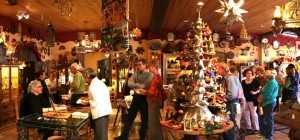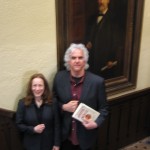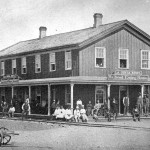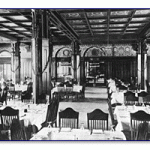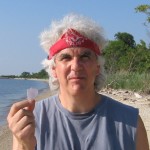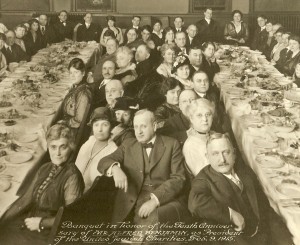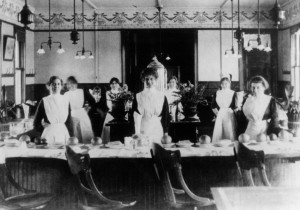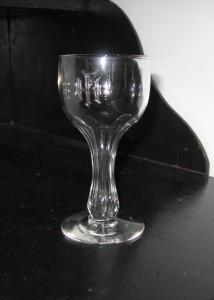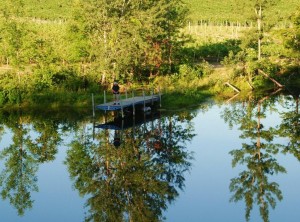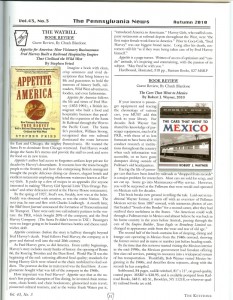The book tour for Appetite for America returns to the West, starting 8/27 in Williams, AZ at the Grand Canyon Railway Depot and later that day at the Grand Canyon–where author Stephen Fried will be signing books in the lobby of history El Tovar hotel from 1-4 pm. The next day, he’ll be signing in El Tovar again and that evening, 8/28 at 7 pm, he will give a free lecture at the Thunderbird Room.
The tour continues through Northern Arizona and New Mexico, and then ends in Sacramento for two days of Harvey-themed events at the California State Railroad Museum over Labor Day weekend.
Here’s a complete schedule of the tour:
8/27
Williams AZ depot gift shop, signing, 8-9:15 am
Grand Canyon South Rim, El Tovar hotel, signing in lobby, 1-4 pm
8/28
Grand Canyon South Rim, El Tovar hotel, signing in lobby, 1-4 pm
Thunderbird Lodge, Thunderbird Room, free author lecture and slide presentation, 7-8 pm, followed by signing
8/29
Flagstaff, AZ, Museum of Northern Arizona, 2:30 pm, free lecture and book signing
Winslow, AZ, La Posada hotel, 6:30 pm, free lectureand book signing, optional Fred Harvey dinner at Turquoise Room restaurant
8/30
Belen, NM, Belen Harvey House museum, reception 4-6; Belen Library, Harvey-recipe refreshments 6-7, free lecture and book signing, 7-8:30
9/2
Santa Fe, NM, La Fonda hotel, 7 pm, free lecture, book-signing and wine reception, La Terazza, co-sponsored by Collected Works Bookstore
9/3
Las Vegas, NM, Montezuma Castle, 7 pm, free lecture and book signing, co-sponsored by Tome on the Range Books; optional free afternoon tour of Montezuma
9/4
Sacramento, CA, California State Railroad Museum, 4:00 pm special screening of “The Harvey Girls” (1946) with comments from author about the making of the film and book signing (free with museum admission)
9/5
Sacramento, CA, California State Railroad Museum, noon showing of “The Harvey Girls” and then at 3:00 pm, author lecture and slide presentation, followed by book signing (all free with museum admission)
To arrange for an appearance in your town, university or bookstore, email: SFlectures@comcast.net
Photos: Appetite for America tour at La Posada, author and wife, Diane “Black Bart” Ayres, in El Tovar lobby doing Fred Harvey “fist clench” from famed portrait
